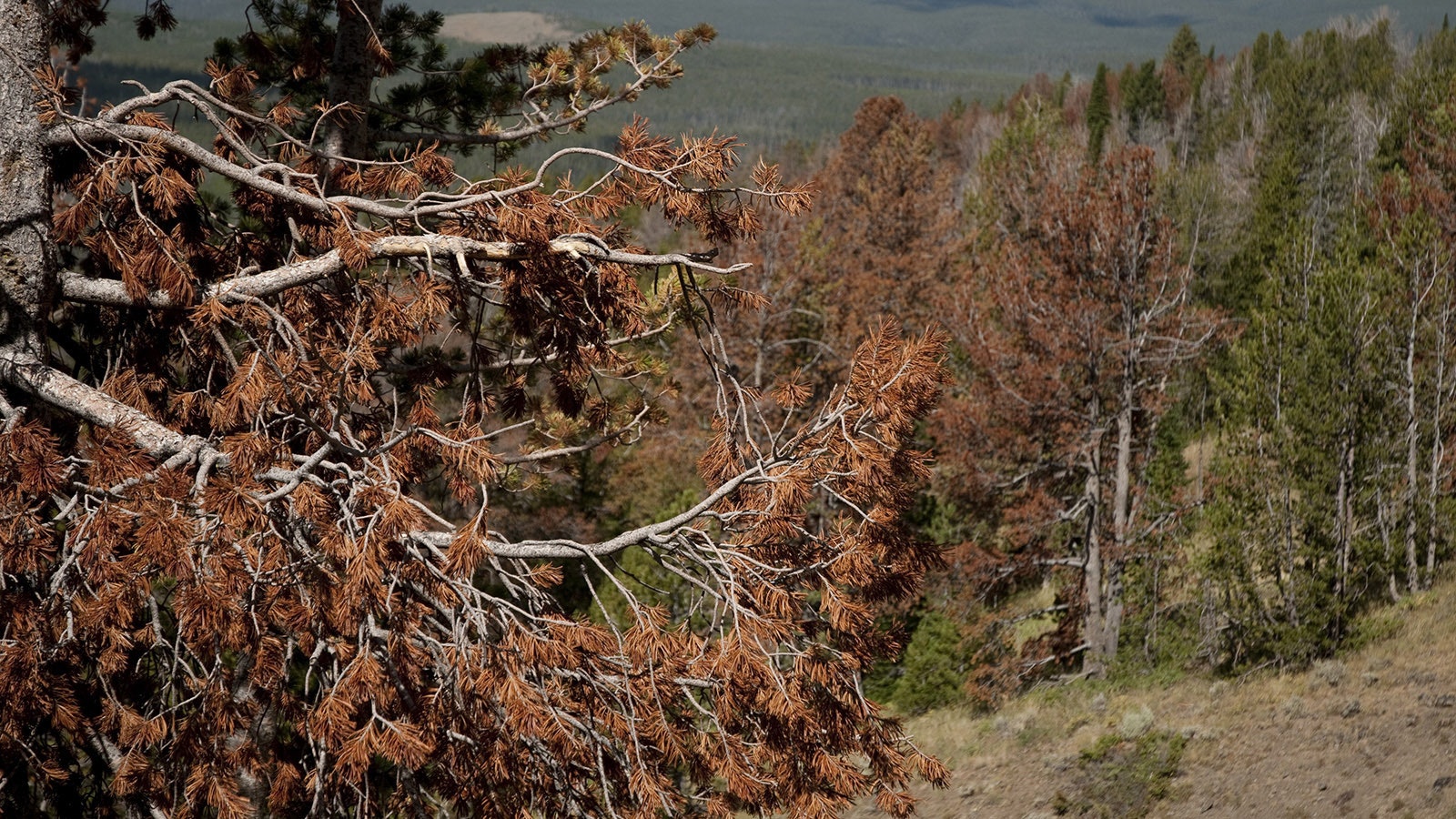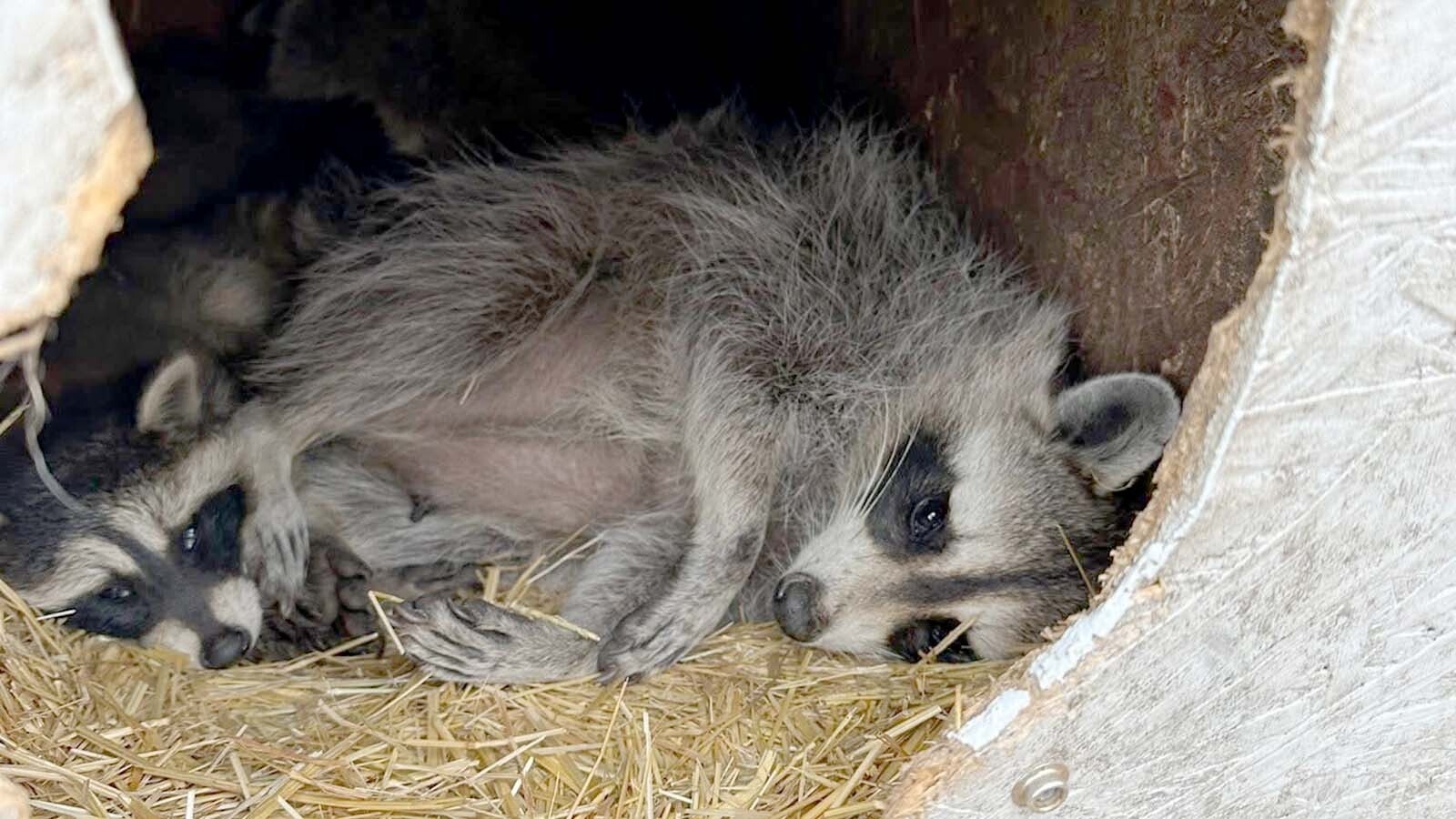Wildlife agents in Oregon have used audio of a movie scene with Scarlett Johansson and Adam Driver as a married couple screaming at each other to scare wolves away from cattle.
It apparently works, as wolves seem to not want to be around fighting married couples as much as humans.
While it may be effective at predator control, such tactics are limited and aren’t very practical, a predator control expert said.
In the 2019 film “Marriage Story,” Johansson and Driver play an estranged couple trying to navigate a messy divorce. In one pivotal scene, a disagreement between the two deteriorates into a full-blown yelling match.
U.S. Department of Agriculture agents in Oregon lifted audio from that scene, then blasted it over drone speakers to haze wolves away from cattle, according to reports.
That’s a novel approach, but probably wouldn’t be applicable on an agency-wide scale in Rocky Mountain states like Wyoming, retired federal trapper Carter Niemeyer told Cowboy State Daily.
Niemeyer has vast experience in predator mitigation. He retired in 2006 from the U.S. Fish and Wildlife Service (FWS) and was the agency’s wolf recovery coordinator for Idaho.
He advocates nonlethal control for wolves whenever possible, but said that using drones to haze wolves has its limitations.
“It’s going to be site-specific and incident-specific,” he said.
Serenading Wolves With Ozzy’s ‘Crazy Train’
As Colorado struggles with wolf-livestock conflicts, Kim Bean, the founder and president of Wolf and Wildlife Advocates, hopes that drones can help.
She’s led the charge recently to deploy drones on three Colorado ranches. The program only just started, but Bean is hoping for good results.
She applauded Oregon’s use of audio from the Johansson-Driver fight scene.
“That’s hilarious. Why not have fun with it?” she said.
Bean said she’s hopeful for similar results by blasting Ozzy Osbourne’s heavy metal hit “Crazy Train” from drone speakers.
She’s also recorded her own voice yelling things such as “Bad Dog! You’re just a bad dog, go away!”
Asked it she’d be willing give the fight scene from “Marriage Story” a try, Bean said “absolutely.”
Mixed Results In Montana, Colorado
Wildlife agencies have had mixed luck using drones to haze predators.
Montana Fish, Wildlife and Parks used recorded or live-streamed audio of humans yelling at grizzlies over drone speakers to spook bears away in that state’s prairie country.
On the other hand, a black bear that climbed up a tree in Golden, Colorado last year refused to budge when Colorado Parks and Wildlife agents played Black Sabbath’s “Iron Man” at high volume from drone speakers right above its head.
In Wyoming, wolves are classified as predatory animals and can be killed on sight across about 85% of the state. Ranchers especially are vigilant about keeping them from their livestock.

Wolves Get Used To Things
Hazing wolves is challenging, because they’re curious and persistent, Niemeyer said.
He recalled instances of them getting used to things such as wildlife agents shooting “cracker shells” at them.
Cracker shells are loaded with small explosive charges that detonate in mid-air after being fired from a shotgun.
Likewise, wolves might eventually get used to drones with loudspeakers and start to regard them as “annoying birds,” he said.
Outfitting drones with other deterrents, such as explosive charges that could be dropped “without sparking a fire,” might help, he said.
Any form of nonlethal wolf deterrence is labor-intensive, Niemeyer said.
“You’ve got to camp out and stick with it for who-knows how long,” he said.
Mark Heinz can be reached at mark@cowboystatedaily.com.





